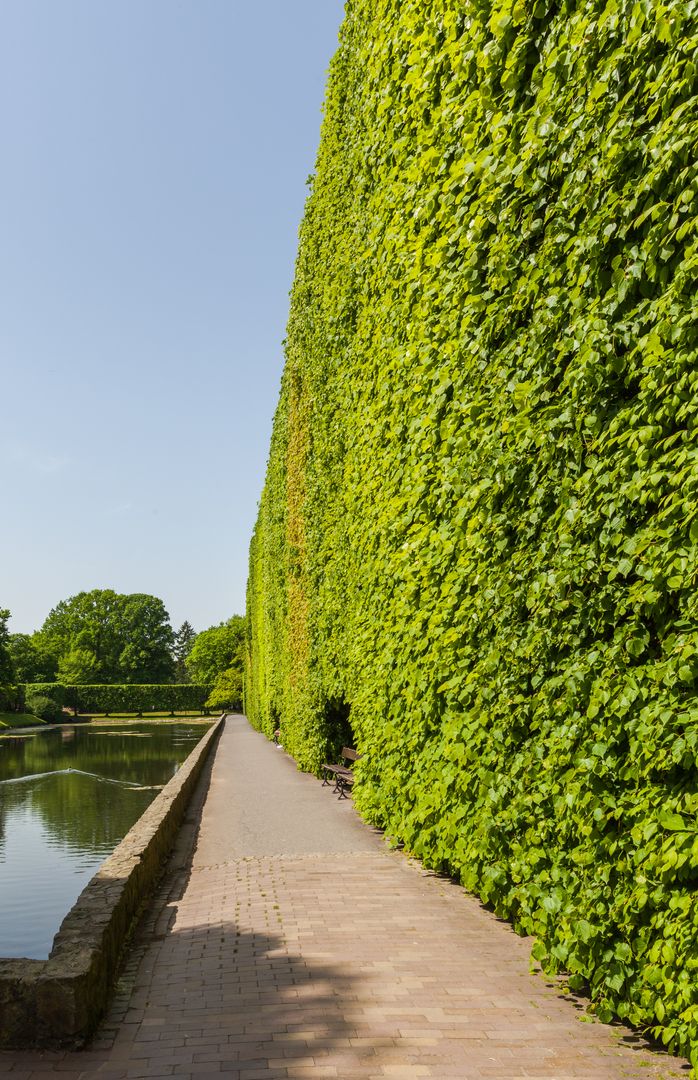Oliwa Park
6.03

Overview
Oliwa Park named after Adam Mickiewicz is a picturesque, historic park covering an area of 11.3 hectares, located in the Oliwa district of Gdańsk. Its history dates back to the times of the Cistercians, who established a monastery garden in the 15th century. In the 17th century, during the tenure of Abbot Franciszek Zaleski, the garden was expanded in a south-westerly direction. Further changes occurred during the time of Abbot Jacek Józef Rybiński, who commissioned the creation of the baroque section of the park, inspired by the gardens of André Le Nôtre. During this period, characteristic elements of the park were created, such as the Linden Alley and the pond, which served as a monumental viewpoint known as the Princely View. After the secularization of the monastery in 1831, the park became the property of the Prussian state, which enabled its further development as a dendrological and landscape garden. In the 20th century, changes were introduced by inspector Erich Wocke, who created an alpine garden and expanded the orangery. The park gained popularity after 1925, when Oliwa became the seat of the Bishop of Gdańsk. After World War II, the park was rebuilt, and in 1955 it was named after Adam Mickiewicz. Today, it also features attractions such as the Abbots' Granary, the Gallery of Contemporary Gdańsk Sculpture, and new sections, such as the former utility garden of the Cistercian convent. Over the years, the park has undergone modernizations, including the reconstruction of footbridges and the construction of a new rotunda for the Palm House, which opened in March 2022. An interesting fact is the story of a 180-year-old date palm whose felling sparked controversy. Oliwa Park is a place that combines rich history, architectural diversity, and cultural values, serving as a testament to the past and attracting tourists not only for its beautiful views but also for its historical significance.
Location
Tickets
Powered by GetYourGuide
2025 Wizytor | All Rights Reserved